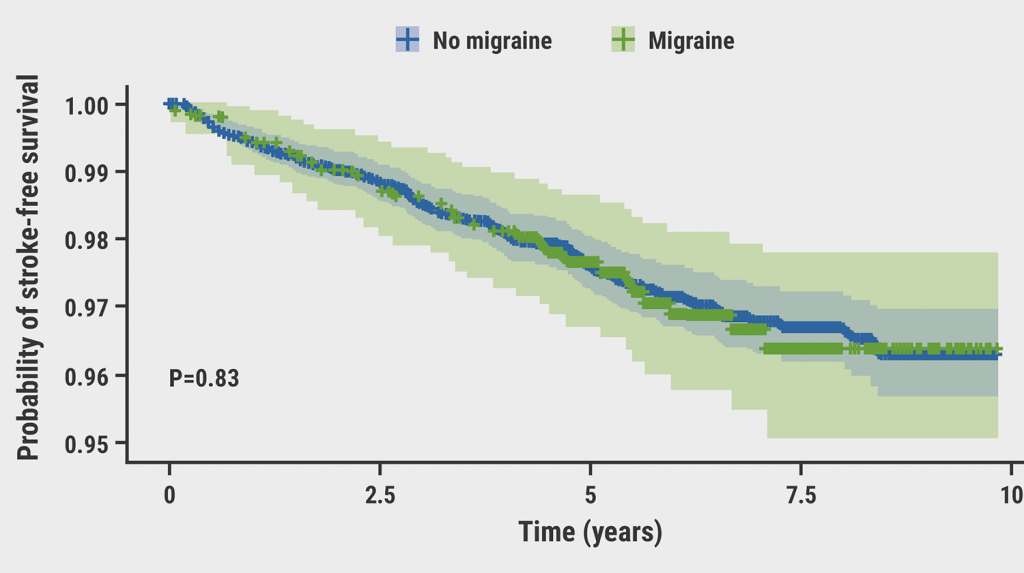https://doi.org/10.55788/6e5b772e
CaMEO-I is a cross-sectional, observational, web-based survey conducted in 2021–2022 in Europe, North America, and Japan. CaMEO-I is a follow-up study of CaMEO (Chronic Migraine Epidemiology and Outcomes), which had a similar design and was conducted in 2012–2013. The results back then showed that preventive migraine treatment was only used by a minority of US patients eligible for such treatment. New treatment options have emerged since, and new consensus statements have been issued [1,2].
CaMEO-I included 14,492 respondents who met the modified International Classification of Headache Disorders, 3rd edition (mICHD-3) criteria for migraine [3]. Of these, 31.5–42.1% qualified for prophylactic treatment based on the American Headache Society (AHS) Consensus Statement. However, preventive use among respondents who qualified for preventive treatment, the percentage actually on preventive treatment ranged from 10.1% in Japan to 17.5% in the UK, and 22.4% in the US. Thus, most people with migraine who qualified for prophylactic treatment were not receiving it.
CaMEO-I further revealed that, in each of the participating countries, the use of an oral prophylactic therapy was reported at least 3 times more often than the use of an injectable therapy. Also, among current users of prophylactic medication, 41.1–59.1% still met the AHS criteria for preventive treatment, suggesting that their medication is not sufficiently effective.
The authors stated that education on available preventive treatments, as well as assistance with access, may help address the current barriers to treatment.
- Ailani J, et al. Headache. 2021 Jul;61(7):1021–39.
- Ailani J, et al. Headache. 2021 Jul;61(7):1021–39.
- Buse DC, et al. Characterizing gaps in preventive treatment of migraine: global results from the CaMEO-International study. Poster P124, EHC 2022, 07–10 December, Vienna, Austria.
Copyright ©2022 Medicom Medical Publishers
Posted on
Previous Article
« Atogepant for the preventive treatment of chronic migraine Next Article
Patients with migraines smoke less, drink less, and use fewer illicit drugs than general population »
« Atogepant for the preventive treatment of chronic migraine Next Article
Patients with migraines smoke less, drink less, and use fewer illicit drugs than general population »
Table of Contents: EHC 2022
Featured articles
EHF consensus on effective migraine treatment and triptan failure
IHS President: “It is time for operationalisation of ICHD”
Headache Prophylaxis
Intervention
EHF consensus on effective migraine treatment and triptan failure
Sustained long-term effect of occipital nerve stimulation in MICCH
Onabotulinumtoxin A effective in older patients with chronic migraine
What to do when conventional treatment of headache fails in children
Predicting response to medical and surgical treatment of trigeminal neuralgia
Breakthroughs in Understanding Headache
IHS President: “It is time for operationalisation of ICHD”
GWAS identifies 7 loci for cluster headache
Towards precision medicine: salivary CGRP and erenumab response
Persistent headache after stroke: not rare and often overlooked
Additional effects of gepants on top of erenumab
Headache Prevention
Idiopathic intracranial hypertension: key factors influencing visual outcomes
Patients with migraines smoke less, drink less, and use fewer illicit drugs than general population
Related Articles

November 8, 2021
Migraine may not be a risk factor for stroke
© 2024 Medicom Medical Publishers. All rights reserved. Terms and Conditions | Privacy Policy
HEAD OFFICE
Laarderhoogtweg 25
1101 EB Amsterdam
The Netherlands
T: +31 85 4012 560
E: publishers@medicom-publishers.com

